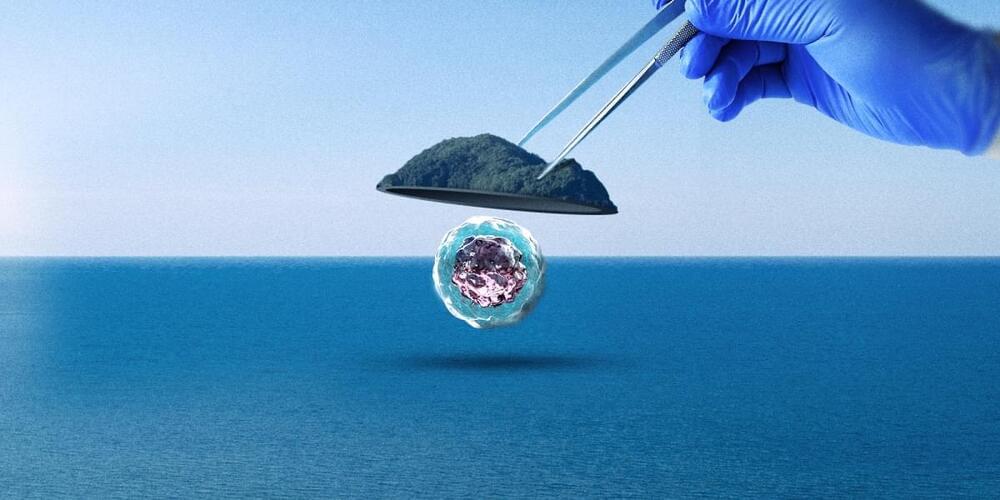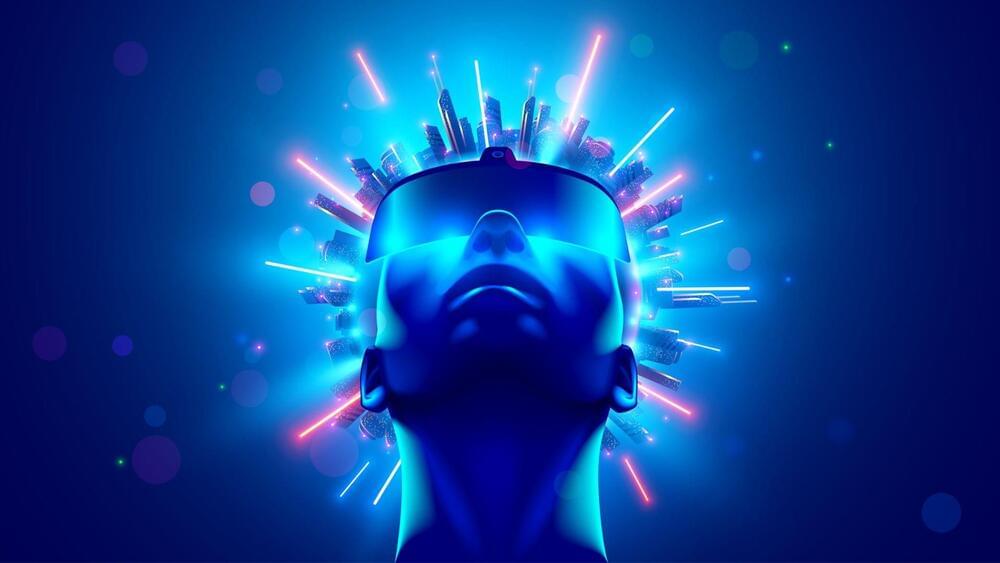University of Chicago scientists have discovered a new wrinkle in our understanding of how our genes work. The team, led by Chuan He, the UChicago John T. Wilson Distinguished Service Professor of Chemistry, Biochemistry and Molecular Biology, shed light on a longstanding puzzle involved in a common way our genes are modified that is known as RNA methylation.
Published Jan. 27 in Science, the finding could have implications for gene therapies for disease, as well as our picture of gene expression, development, and evolution.
For more than a decade, Chuan He’s laboratory has been focused on trying to unravel the puzzle of a phenomenon called RNA methylation, which we are increasingly understanding plays a key role in our bodies and lives—everything from cancer to PTSD to aging.




